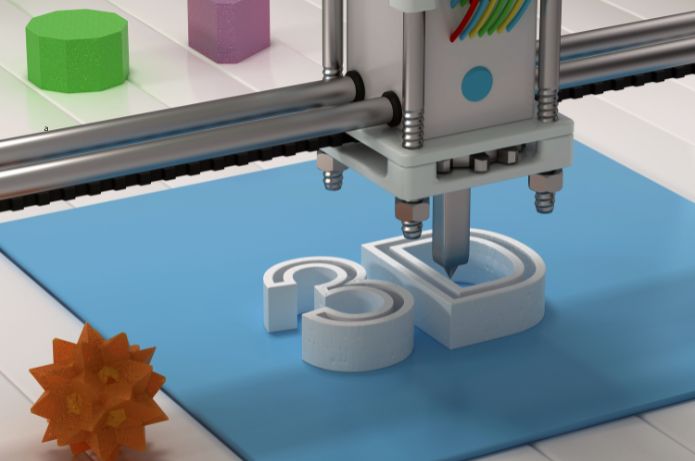The digital marketing in B2B ‘raised the bar’ in 2024. What was once considered almost enough (thinking about campaigns and generating leads), doesn’t work as before today. Companies face a more complex dilemma: how to educate the market and create a real competitive edge when digital communication has become a commodity?
The trends for 2025 in digital marketing are not much different compared to last year, except for Artificial Intelligence (AI), which is expected to accelerate a series of changes in terms of productivity.
Even so, it is possible to continue to bet that everything starts at the base: the business. Few companies can connect communication and marketing to strategies that truly drive growth. This is where many fail.
In the diagnostics I have been involved in, the error patterns are clear:
- Excessive focus on content and digital channels, without a defined strategy.
- Key Performance Indicators (KPIs) that are not sustainable.
- Significant investment in paid media, but almost nothing in data about the Ideal Customer Profile (ICP) and market intelligence.
- Marketing and Sales working without integration, duplicating efforts, with different messages and views.
- Poorly managed Customer Relationship Management (CRM), with poor data resulting in distorted insights.
- Public Relations (PR) underutilized in the digital strategy.
- Branding put on the back burner.
According to the research “The State of Marketing in Brazil,” conducted by Hubspot, the close collaboration of teams with diverse specialties is crucial for growth, with 59% of professionals agreeing that working together to enhance data quality is essential in the journey towards a solid understanding of the customer.
Therefore, a possible solution is the practice of ambidextrous marketing, balancing efficient execution with innovative exploration:
- Efficient execution ensures daily operations: Regular campaigns, paid ads, and evergreen content. Here, Return on Investment (ROI) tends to show signs of life.
- Creative exploration opens up space for new ideas, such as personalized Account Based Marketing (ABM) and AI to nurture leads: It is what builds long-term differentiation.
Thus, achieving success requires:
- Further aligning the marketing area with the business area: Communication strategies are tools, not an end in themselves.
- Investing in both sides: Execution without innovation is predictable; innovation without execution is unsustainable.
- Always questioning: When was the last time your team proposed something disruptive?
- Testing, adjusting, and learning: Results emerge from consistency.
Communication in B2B is not a cost; it is an investment. It generates better results when aligned with the business and guided by an ambidextrous strategy.
And you? Are you exploring new possibilities while mastering execution or are you stuck in tactics that no longer deliver results? The future belongs to those who unite mastery and boldness, focusing on what really matters: the business.







